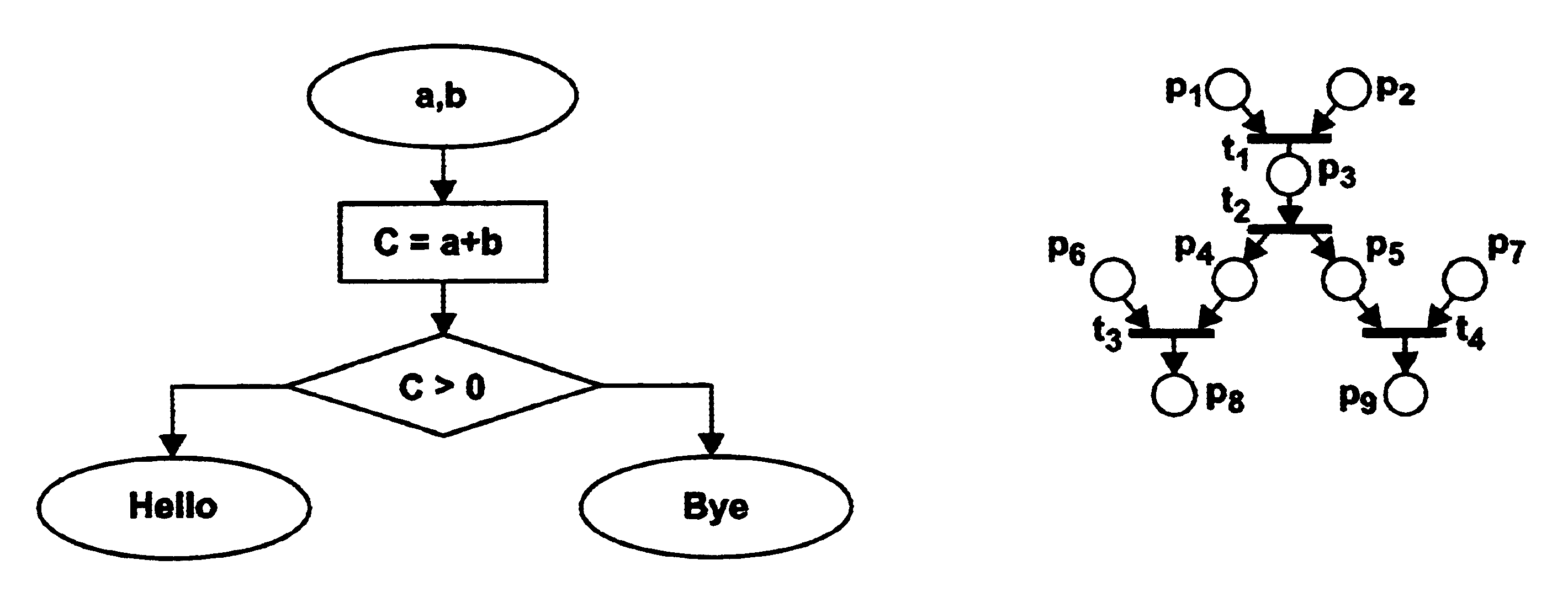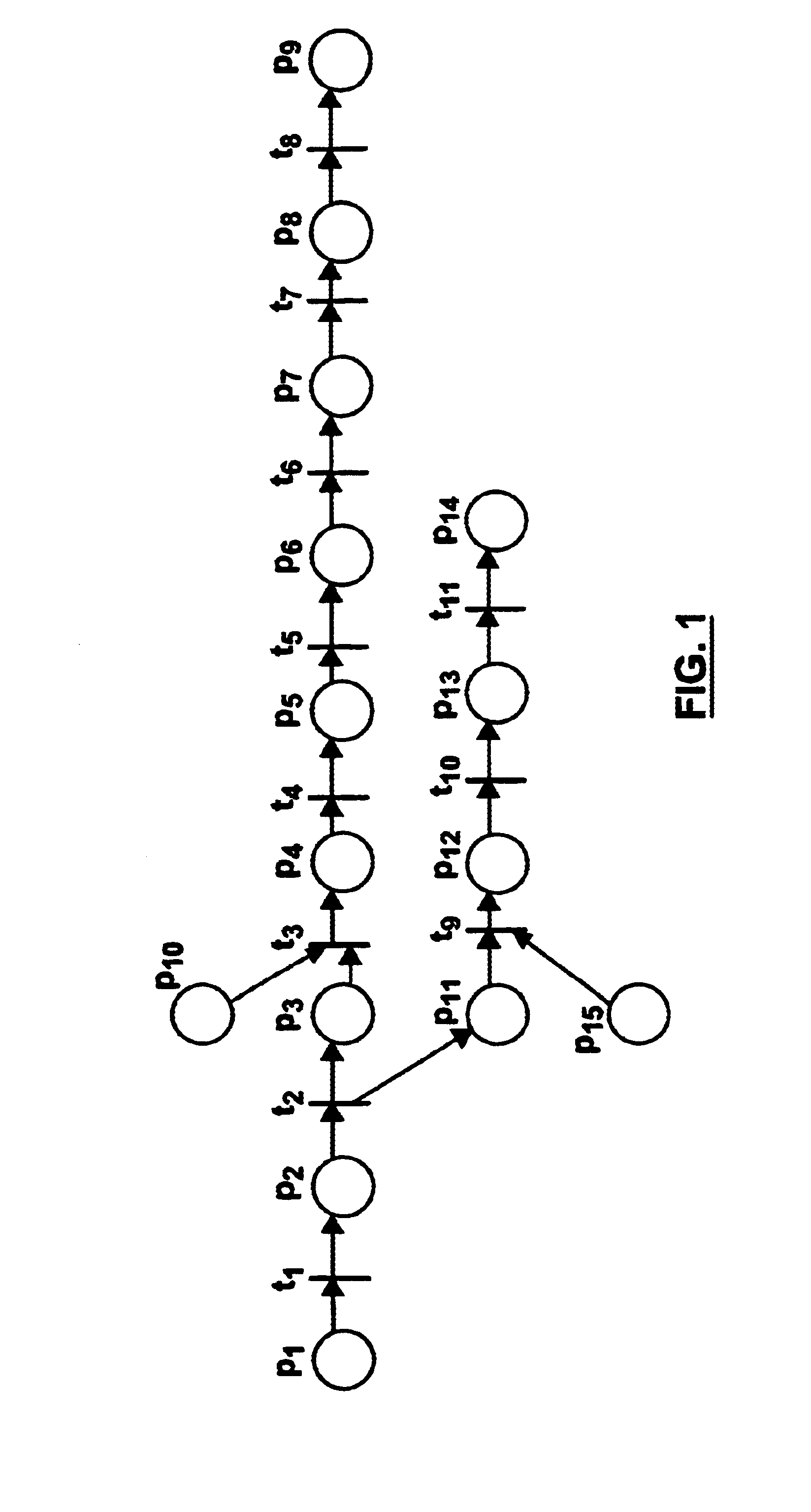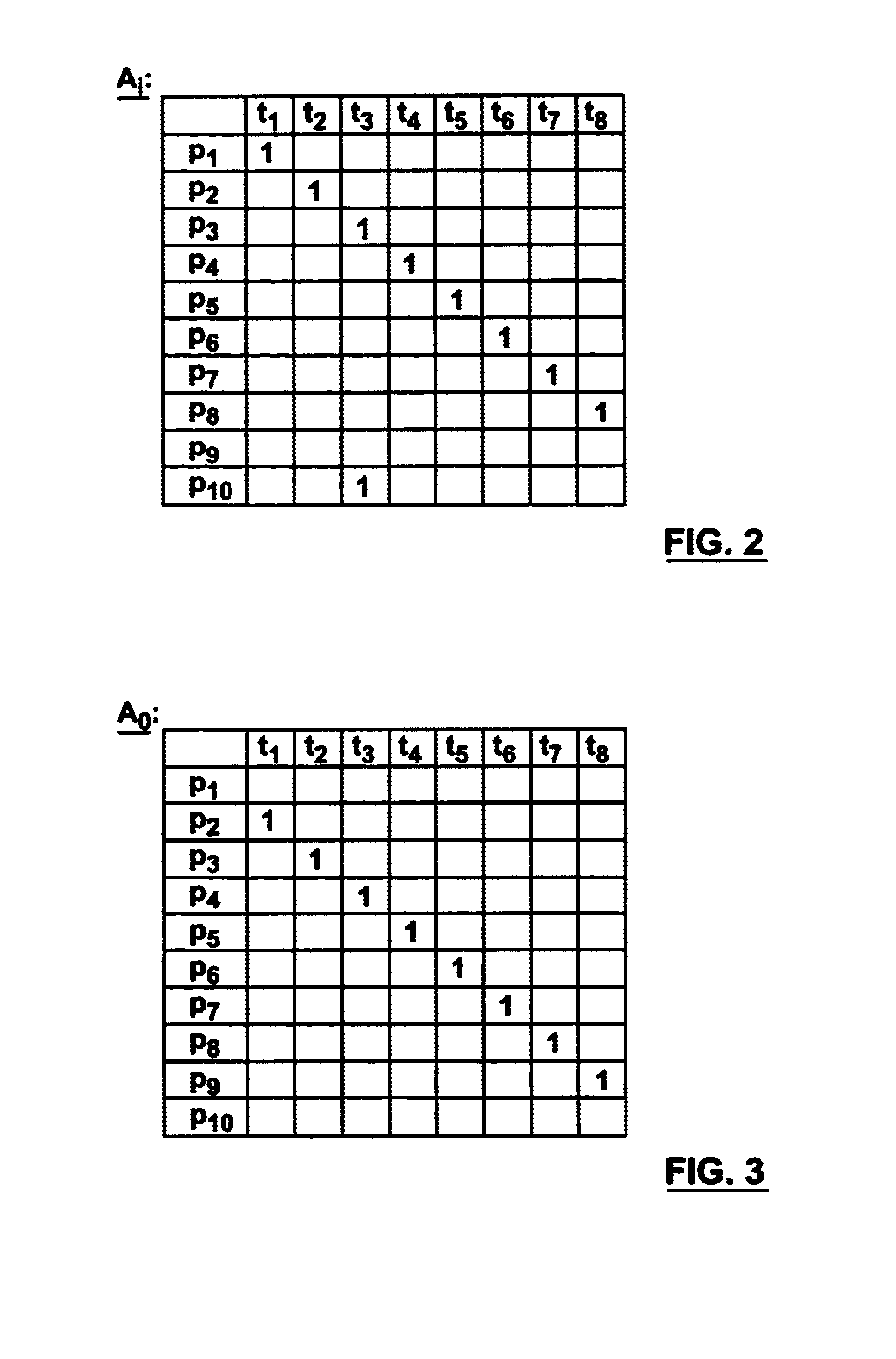However, it has led to a `create, develop and test`
software development approach, which is unsuitable and inefficient in the context of today's complex computer systems and networks.
First, errors are introduced at each phase.
Because there is no universally accepted
formal language available to describe the
system requirements, the system developer's understanding of the user's requirements is subject to the vagaries and ambiguities of the informal language (for example, English) in which the requirements are conveyed.
There is no common
frame of reference from which it can be determined whether the
system requirements are consistent with the user's intent, and invariably due to the diversity of human experience and understanding, in many respects developer's understanding will not be consistent with the user's intent.
Thus, errors are introduced into the first phase of
software development by inaccurate translation of the user's requirements into system requirements, and these errors are perpetuated throughout the remainder of the SDLC.
Errors are similarly introduced into the
design phase, based on the extrapolation of the system requirements into design requirements, again due to the informality of the language used to represent these requirements at both levels.
These errors are cumulative with the errors introduced in the system requirements phase, and all of these errors become latent limitations of the system
design phase.
At this stage none of these errors are manifest, because the
end user typically does not participate in the SDLC after the first phase, and the
end user has thus not received any feedback which would indicate that the user's requirements have been misunderstood and / or improperly translated into the design level.
Errors are introduced into the implementation phase in the same fashion, so that by the time the creation of the actual
program code commences the initial system requirements as contemplated by the user are contaminated by three levels of errors.
In a complex computer system, immense time and effort is required to
expose and correct these errors, and there is the possibility (in fact, a
high probability) that errors will be overlooked and the software will be released for use with errors still in it.
This is at best an annoyance to the
end user, and at worst can be catastrophic; for example in the case of computer systems for diagnostic or therapeutic use in hospitals, systems controlling functions in
nuclear facilities,
air traffic control systems etc.
Moreover, computer programs are incapable of resolving inherent inconsistency, incompleteness, incompatibility and
ambiguity.
These deficiencies can arise at each stage of the SDLC, but the system requirements stage is acutely susceptible to the injection of such errors.
The end user may have a detailed understanding of their own requirements, but can rarely anticipate all possible results of any particular
data entry or
processing scenario, which leads to incompleteness and
ambiguity errors; in the design requirements phase it is usually impossible to appreciate all possible ways and environments in which the system will be used, which leads to incompleteness and incompatibility errors; and in complex systems system behavior may be reliant upon thousands or even millions of
processing steps, with many possible results, which can lead to
ambiguity and inconsistency errors.
Complex computer programs are
chaotic systems, in which a small error occurring early in a computational process can result in unpredictable and unproductive, or even counterproductive, system behavior.
This serves only to increase the complexity of the system, and is almost entirely a consequence of the `create, develop and test` approach to software development.
The cost and difficulty of rectifying an error in the implementation phase of the SDLC is orders of magnitude greater than the cost and difficulty of rectifying an error in the requirements phase or the
design phase of the SDLC.
The testing of such systems is also problematic.
Being derivatives of the original program, however, the test programs will necessarily contain the same errors as the original program.
Thus, the results of further analysis using these derivative test programs may be satisfactory, or even excellent, but only because the test programs themselves are flawed in the same manner as the original program and therefore latent errors injected into the various stages of the SDLC cannot be detected by the tests.
There is no effective way to test the tests, because there is no standard methodology used to create the tests and therefore no way of validating the usefulness of the results.
There has heretofore been no widely used
verification or validation model which can be applied universally to software created by different developers.
These problems are exacerbated by the explosive popularity of
the Internet, which endeavors to accommodate software of many different types and platforms.
 Login to View More
Login to View More  Login to View More
Login to View More 


